Engines need block heaters to warm them before ignition. These heaters are helpful during cold weather in reducing damage from idling and cold starts. Are you planning to install a magnetic engine block heater in your car to prepare for winter? We've researched the topic to help you out.
Using a magnetic engine block heater can help keep your vehicle's engine in good condition, and it is easy to install. You simply attach it to any metal surface that attracts magnets, like an oil pan, engine block, or other metal parts of the engine. There is no need for mechanical installation.
Are you searching for more information on how to install a block heater? Are you looking for tips on how to take care of your engine block? Continue reading this post because we have all the answers you need.
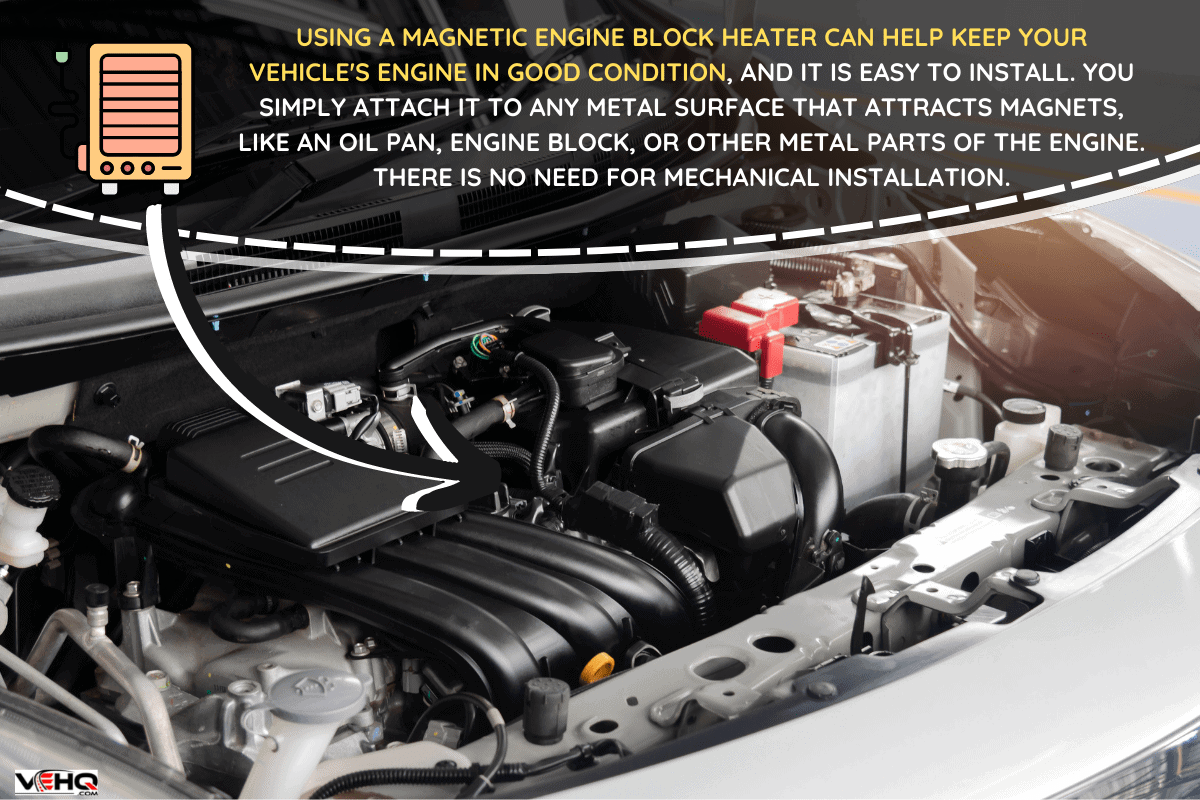
What Does A Magnetic Engine Block Heater Do?
A magnetic engine block heater protects the engine and keeps the lubricant viscous on startup. This heater will help it circulate better, making startup easier.
These are some of the features of a magnetic engine block heater:
- You can use a magnetic engine block heater on snow blowers, small engines, chainsaws, and snowmobiles.
- This heater can be applied to the engine block, battery holder, oil pan, or intake manifold.
- You can also use the magnetic block heater to thaw frozen gutters, livestock feeders, pipes, locks, or hydraulic systems.
Check out this heater on Amazon.
Learn more about magnetic engine block heaters from this video.
How Do You Install A Magnetic Engine Block Heater?
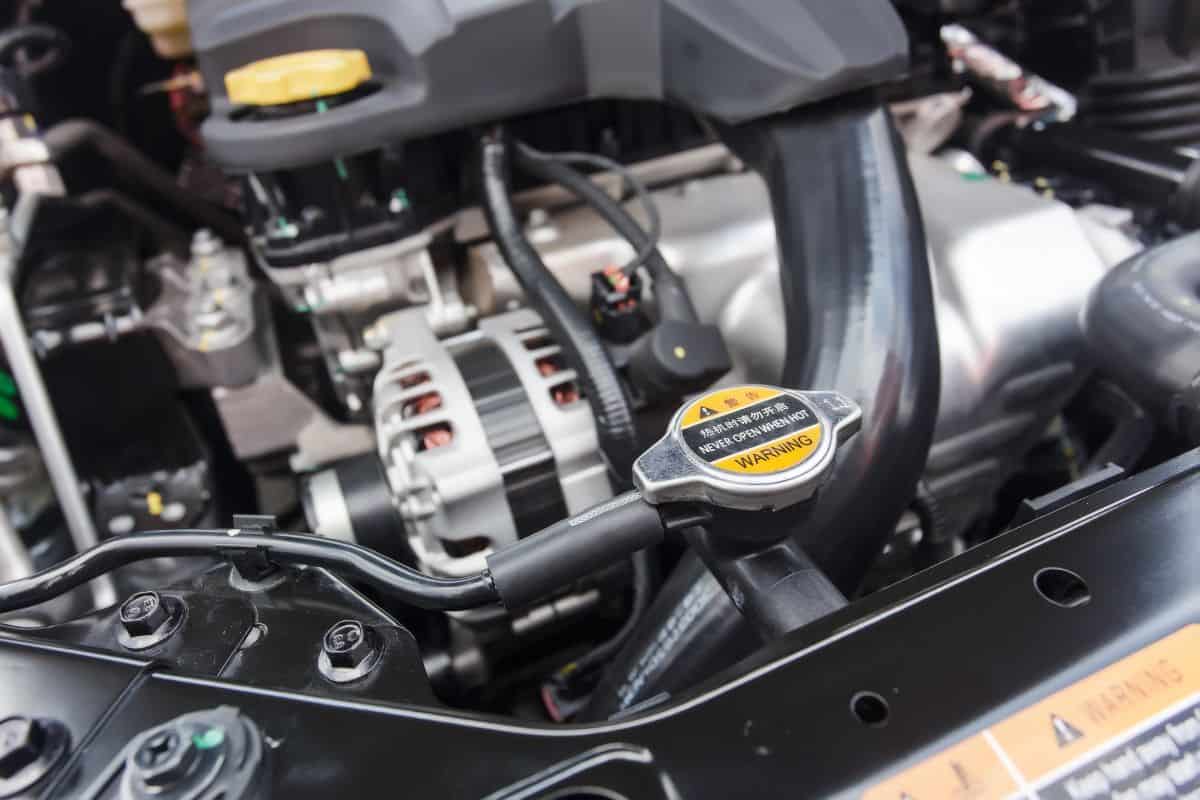
A magnetic engine block heater doesn't need mechanical installation. Installation is easy and should only take a few minutes. Here's what to do:
- Get the magnetic engine block heater.
- Attach it to the engine block, oil pan, or any metal parts of the engine. It attaches to any metal surface with a powerful magnet as shown in the video.
- Plug it into a power source, and you're good to go. The heat will keep the fluid flowing freely and avoid thickening.
How Hot Does A Magnetic Block Heater Get?
A magnetic block heater can heat up to temperatures between 300-400 degrees Fahrenheit. You can use a scanner to test the heat the block heater produces.
What Are Some Other Types Of Engine Heaters?
There are three types of engine block heater:
Lower Radiator Hose Heater
This heater connects to the lower radiator hose. When the coolant heats, it rises into the engine. Check the inside diameter of the lower radiator hose before purchasing a hose heater.
The installation of the lower radiator hose heater is easy. You should drain the radiator, then cut the hose. Clamp the heater, and you're through installing the hose heater.
Click here to check out this lower radiator hose heater on Amazon.
Tank Heater
This heater style splices into the heater hose. The tank heater returns the heated coolant from the heater core to the engine, and the coolant circulates through convection.
Installing the tank heater requires ample time and knowledge in locating the proper heater hose to install the auxiliary hoses and the unit.
Click here to check out this tank heater on Amazon.
Core Plug Heater
A core plug heater is the most difficult to install but the most effective in heating the coolant. The core plug heater is directly inserted into the cooling passage in the engine block, replacing the factory core plug or freeze plug.
 How To Install A Core Block Heater
How To Install A Core Block Heater
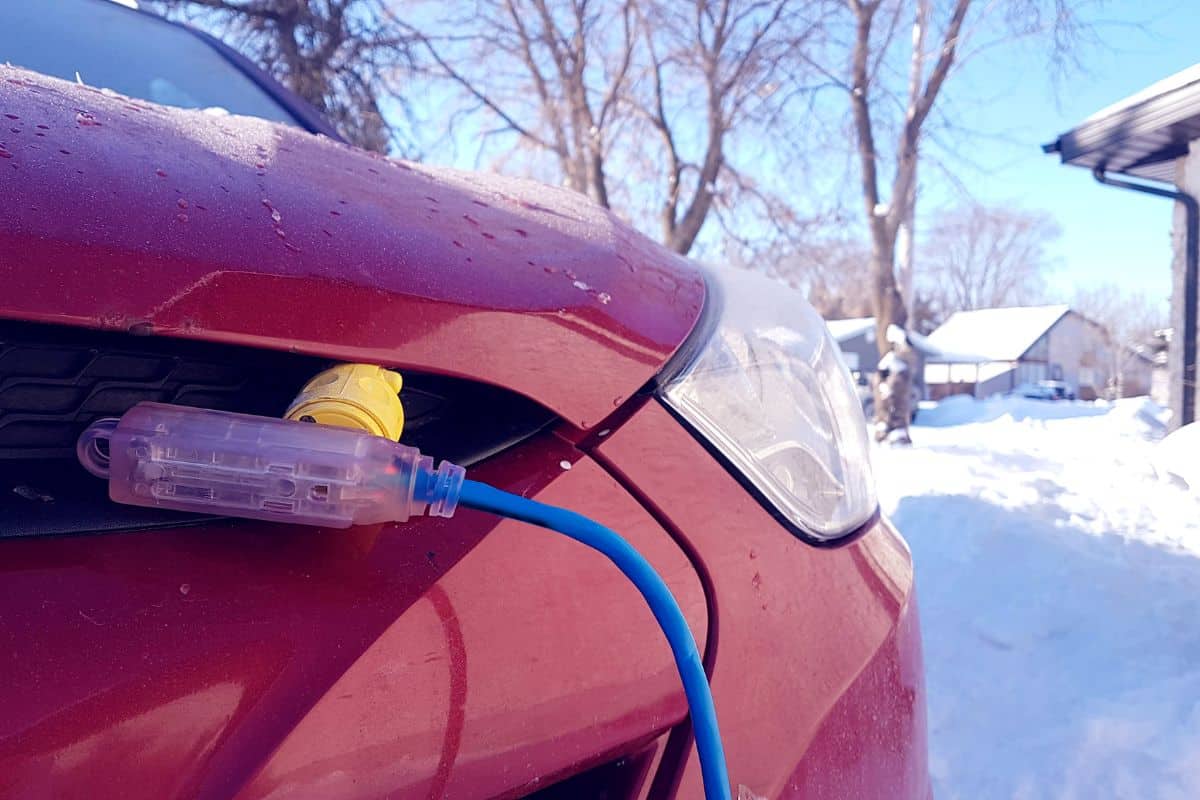
As we mentioned before, engine heaters are essential to improve the functions of the engine. The heater warms up the fluids and engines before starting up. Installing a core block heater is another effective option for warming up the engine oil before starting the engine.
Listed below are the steps on how to install a core block heater. You should wear gloves while performing the procedure.
1. Secure the front
Secure the front of the vehicle using jack stands (most high-clearance vehicles and trucks don't require this first step), and then open the hood of the vehicle.
Note that many vehicles have a freeze plug, and in most cases, you will need to remove it before installing the heater.
2. Find an open port
Your car may have a block heater port. You may need to get under the engine or push the coolant hose aside to locate it. You can also look for it underneath the exhaust manifolds. Once you locate it, find an open port.
If there's no block heater port, you will need to remove the freeze plug to install the block heater.
3. Apply grease to the heating element
Use thermal grease to coat the heating element. Apply the grease heavily because this will remove a bit of air in the block hole. It will make it easier to insert and help heat transfer efficiently.
4. Insert the heating element
Slide the heating element until it fits properly in the block, and you hear a clicking sound.
5. Plug in the wiring and route the cable
Plug the wiring into the heating element. You can route the cable below the grille or behind the fog light to ensure it is away from the hot engine bay.
6. Tie the cable and protect it
Use a zip tie to ensure that the cable is in place. Place the cap to protect the cable outlet when not in use.
7. Plug the block heater in
You can leave the block heater overnight, though it will use more electricity. We recommend plugging it in two to three hours before driving your car.
You can read this post "Can You Leave An Engine Block Heater Plugged In Overnight?" for more information.
Other Engine Heating Devices
There are more available types of engine heating devices. We have listed some of the common heating devices for engines below:
 Heating Blanket Or Heater Pad
Heating Blanket Or Heater Pad
The heating blanket heats the battery or warms the oil pan.
Click here to check out this heating blanket on Amazon.
Battery Maintainer
A battery maintainer helps to keep the battery fully charged during cold weather. It helps in providing the fastest cranking power.
Click here to check out this battery charger maintainer on Amazon.
Battery Heating Blanket
The lead acid in a battery creates power through a chemical reaction. If the weather is colder, the battery gets slower reactions.
Some people put a heating blanket around the battery to give it enough power to start. The battery heating blanket may not be the most effective, but it works.
Click here to check out this battery heating blanket on Amazon.
How Much Electricity Does A Block Heater Use?
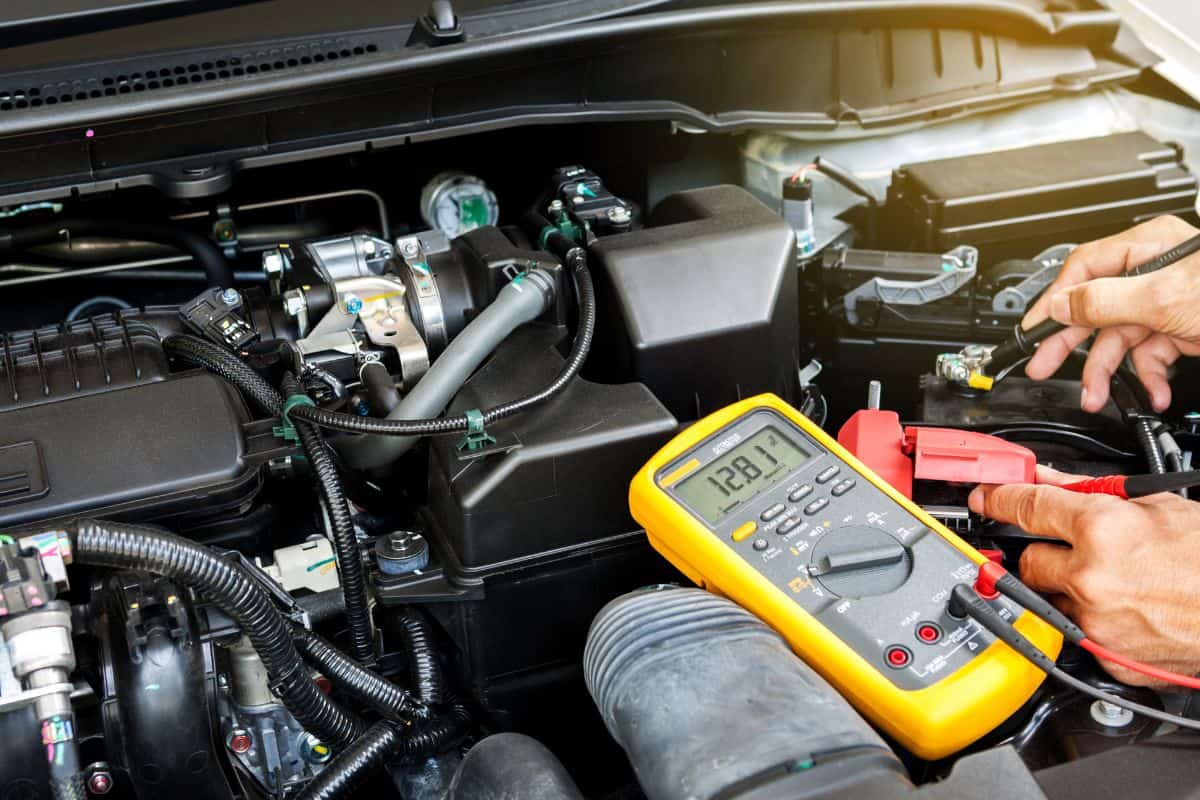
A 110-volt block heater can use around 400-500 watts. If you have a 220-volt block heater, it could use up to 1800 watts.
If you run a 110v block heater for 10 hours overnight daily, you could spend more than $100 yearly if the electricity base rate is $0.11143/kWh, just for the block heater alone.
Why Won't The Block Heater Turn On?
One reason a block heater does not turn on is that the temperature has not reached zero degrees Fahrenheit. The temperature affects the air temp sensor's diagnostic.
If it doesn't work even after the temperature reaches zero degrees Fahrenheit, you should consult your dealer or ask a mechanic to help you.
Should You Let Your Car Idle When Using A Block Heater?
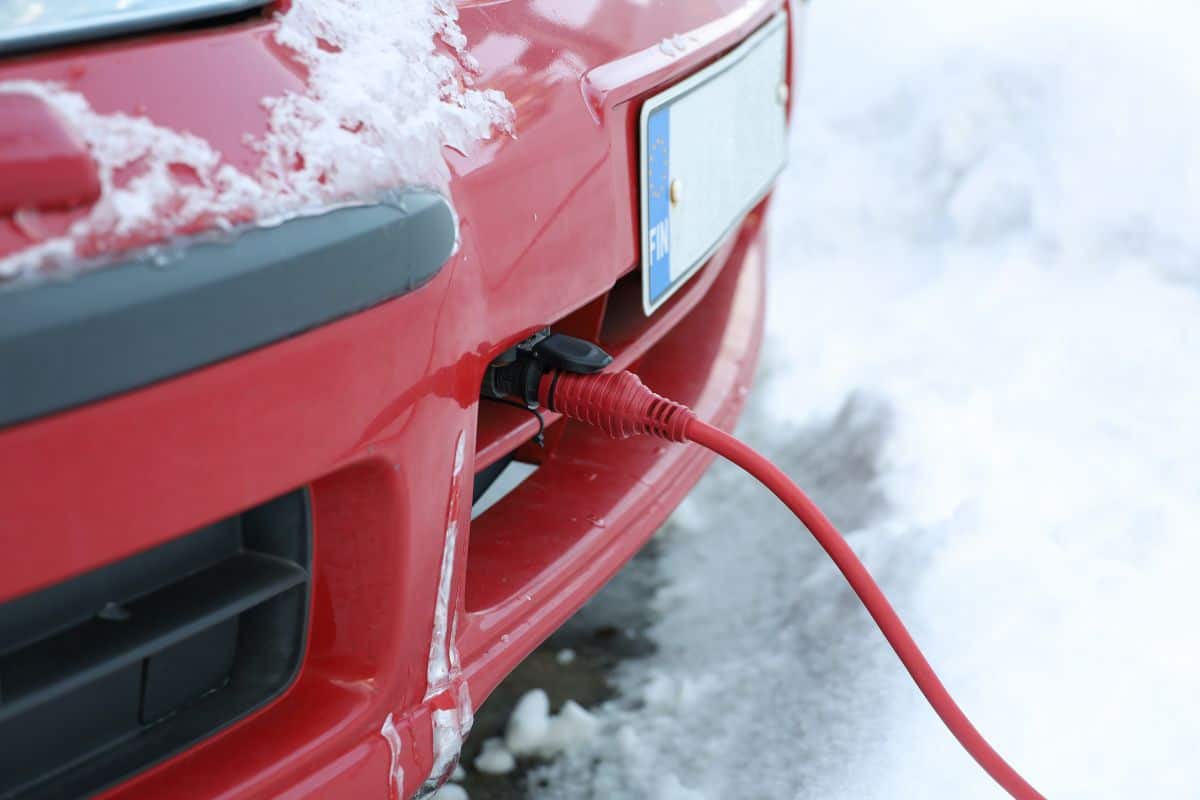
Don't let your vehicle sit idle whether you use the block heater or not. Let the engine fully warm up.
If you let the vehicle idle, the unburned fuel wipes away the cylinder oil, and the engine will wear. Modern vehicle engine warms up faster while you're driving.
Summing Up
Installing and using a magnetic engine block heater is part of maintaining your vehicle to prolong its life. It's also very beneficial during cold weather.
We hope that this article has helped you. To learn more about engine maintenance and other vehicle-related topics, you can explore our website and check out these related posts:
How To Keep Engine Block From Rusting?






